The Role of Artwork in Home Staging: More Than Just Decoration
When it comes to home staging, artwork is not just a decorative detail. It is a strategic design tool that helps create emotional connection, guide the buyer’s eye, and complete the story of a space. It is often the finishing touch that ties everything together, transforming a house into a home that buyers can fall in love with.
In this article, we explore why artwork matters in staging and how to use it effectively. We cover placement, proportion, mirrors, mounting, and even photography considerations, all based on insights from real properties styled by our team.
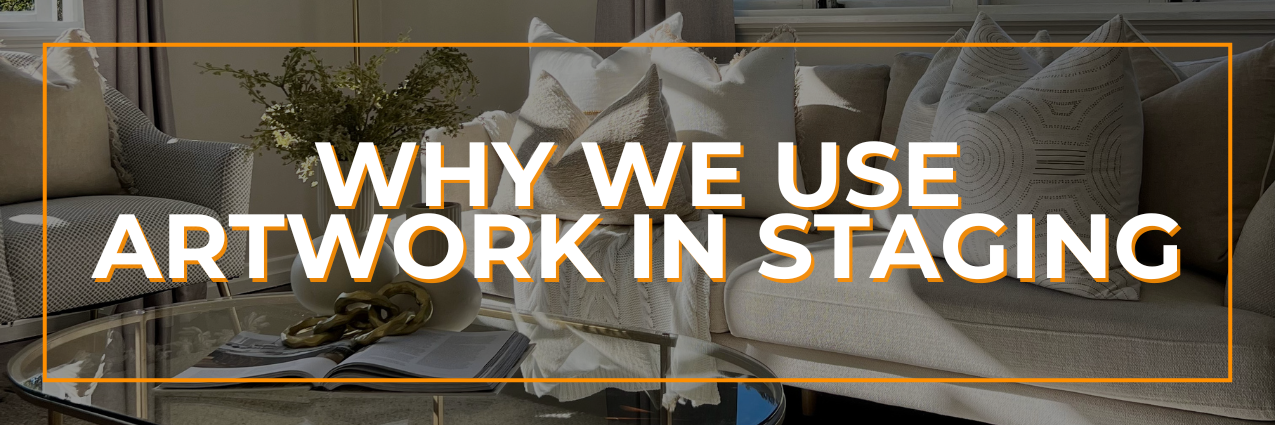
A home without artwork can often feel incomplete or disjointed. Artwork brings warmth, flow and personality. It connects the floor to the ceiling, adds vertical interest and gives the eye a place to land. More importantly, it helps tell the story of the home.
Buyers may not consciously analyse each artwork, but they feel the impact. It helps create that emotional “yes” in the moments that matter most.
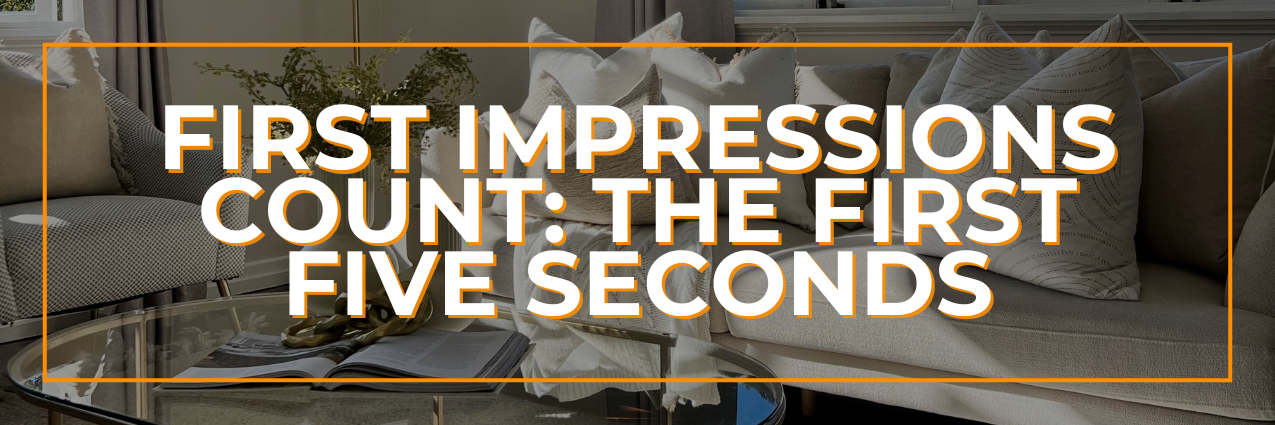
The first impression starts at the front door. Buyers often decide how they feel about a property within five seconds of entering. A well-styled entryway, complete with artwork above a console or in an entry nook, sets the tone for the rest of the home.
In homes with staircases or prominent landings, artwork draws the eye upward and through the space. It adds depth and interest, and can even encourage buyers to explore more of the property.
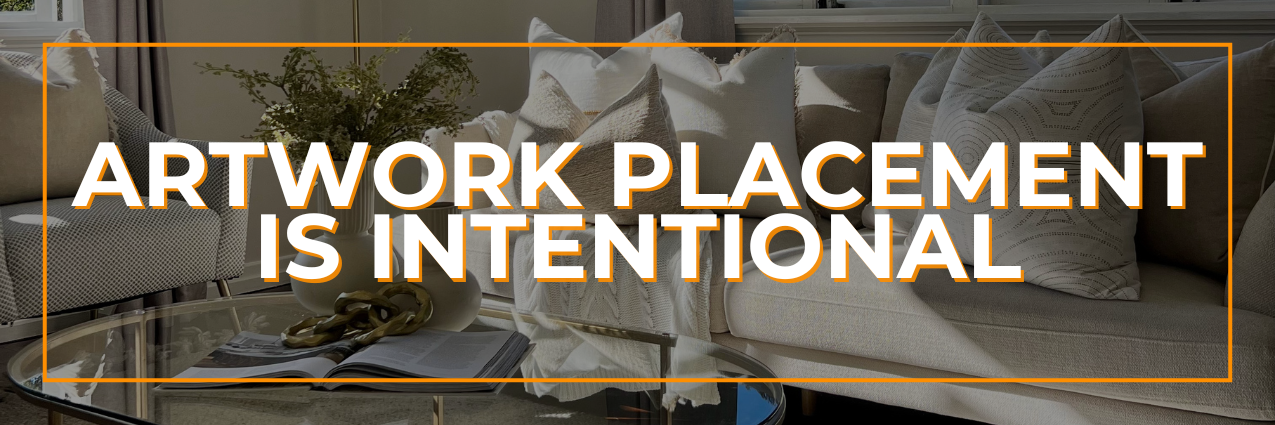
We never guess where to place artwork or how much a property needs. There is a method to our selections, which is often informed by the floor plan, ceiling heights, wall proportions and photography angles.
Some of our general guidelines include:
- Bedrooms and study nooks: Smaller pieces, typically under 80 cm, help maintain a sense of intimacy.
- Living rooms, hallways and high ceilings: Oversized artwork (ranging from one metre to 1.5 metres or more) makes a bold and proportionate statement.
- Stacked pairs: In tall spaces, stacking two artworks vertically adds impact and elegance.
Above consoles or in transitional areas: These spots benefit from a grounded visual element like artwork or a mirror.
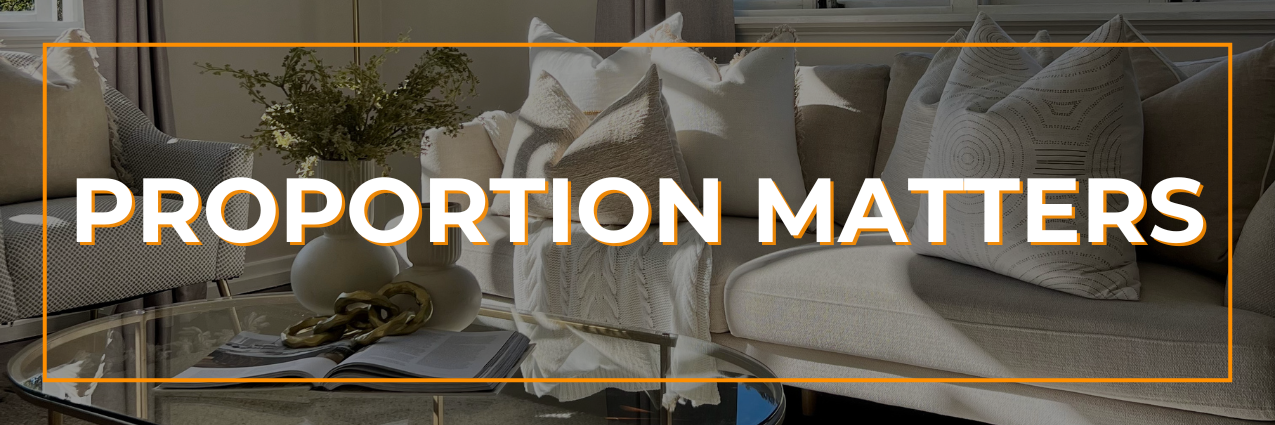
Artwork that is too small on a large wall can feel like an afterthought. We always bring backup pieces to installations so we can scale appropriately. Proportion is key to achieving balance and harmony in a room, particularly in larger or more open-plan spaces.
In generously sized living rooms, large artworks can anchor the design and eliminate the need for additional furniture or styling accessories.
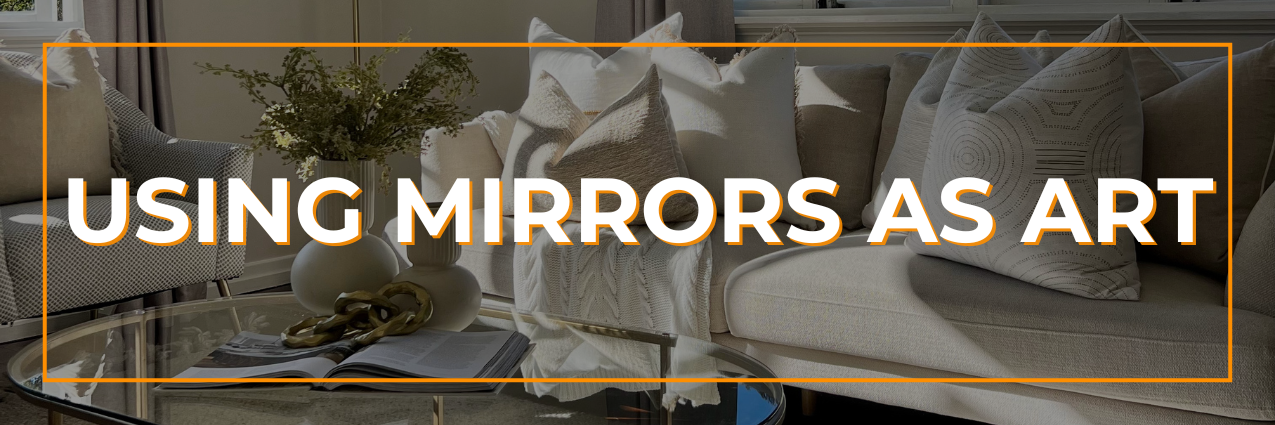
Mirrors are a powerful tool when used well. They reflect light, create the illusion of space and can act like artwork themselves. However, placement matters. A mirror should reflect something beautiful such as trees, sheer curtains, or other design elements. If a mirror only reflects a blank wall, it loses its purpose.
Mirrors can be especially effective in rooms with wallpaper, panelling or other textures. They add visual relief without competing for attention.

We aim to appeal to a wide range of buyers, so we use both glass-framed art and canvas prints throughout our properties. There is no fixed formula. Some buyers prefer the clean, crisp look of glass, while others are drawn to the warmth and texture of canvas.
We use both styles evenly across a home to ensure broad appeal. Whether it is a designer piece or a locally painted canvas, the focus is always on creating connection and cohesion.
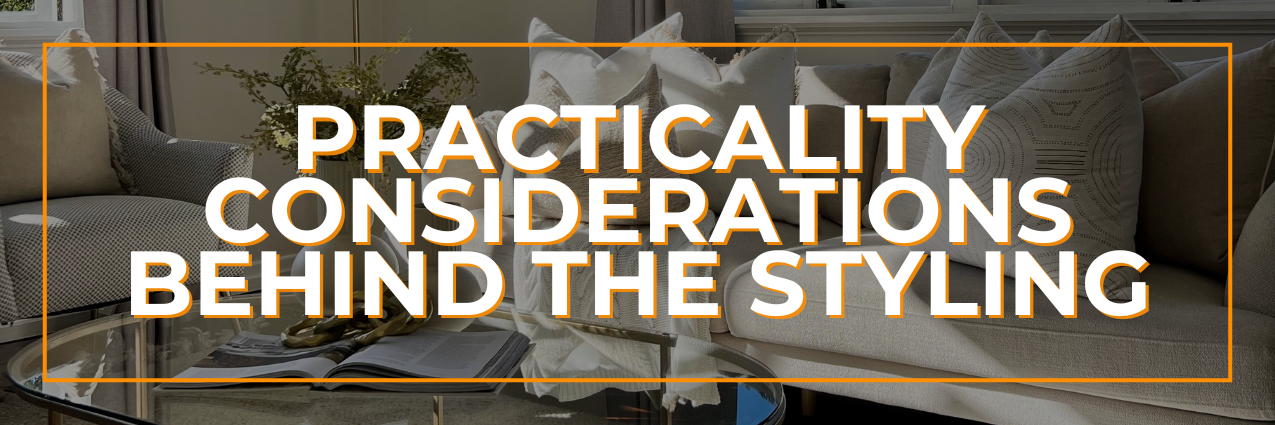
There are several practical factors we also take into account when installing artwork:
- Mounting: We use permanent fixtures with proper hooks and screws, particularly for heavier pieces. Temporary adhesive mounts are unreliable and can damage walls, floors or fittings if they fail.
- Client concerns: For owners who have just repainted, we offer lighter artwork or less intrusive hanging options. However, artwork remains an essential part of the styling conversation.
- Photography: Placement decisions are also made with real estate photography in mind. We ensure that key pieces of artwork are visible in the most important listing shots.
- Room function: We rarely hang artwork in bathrooms or laundries, which we keep minimal and clean. These spaces are best left uncluttered to maintain their crisp, functional aesthetic.
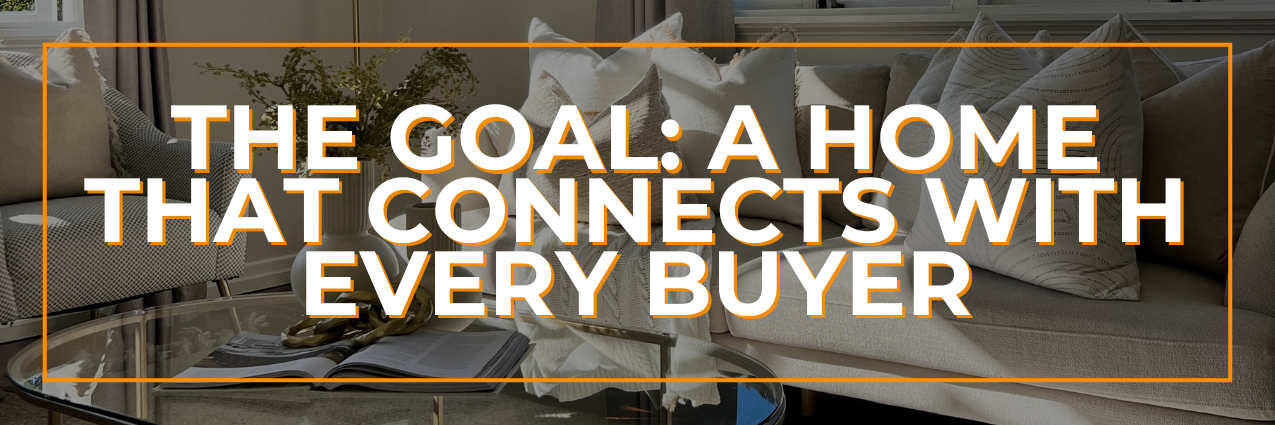
Artwork in staging is not about filling a wall. It is about enhancing the emotional and visual experience of the home. From the moment a buyer steps inside, each piece of artwork contributes to the story, the atmosphere and the perceived value.
Whether it is a mirror reflecting light, a bold piece in a hallway, or a calm print above a bed, every detail is considered with intention. Our goal is to create homes that speak to buyers, feel complete and ultimately sell with confidence.
If you would like to see how the right artwork can elevate your space, view our portfolio or get in touch to discuss how we can prepare your home for a standout sale.

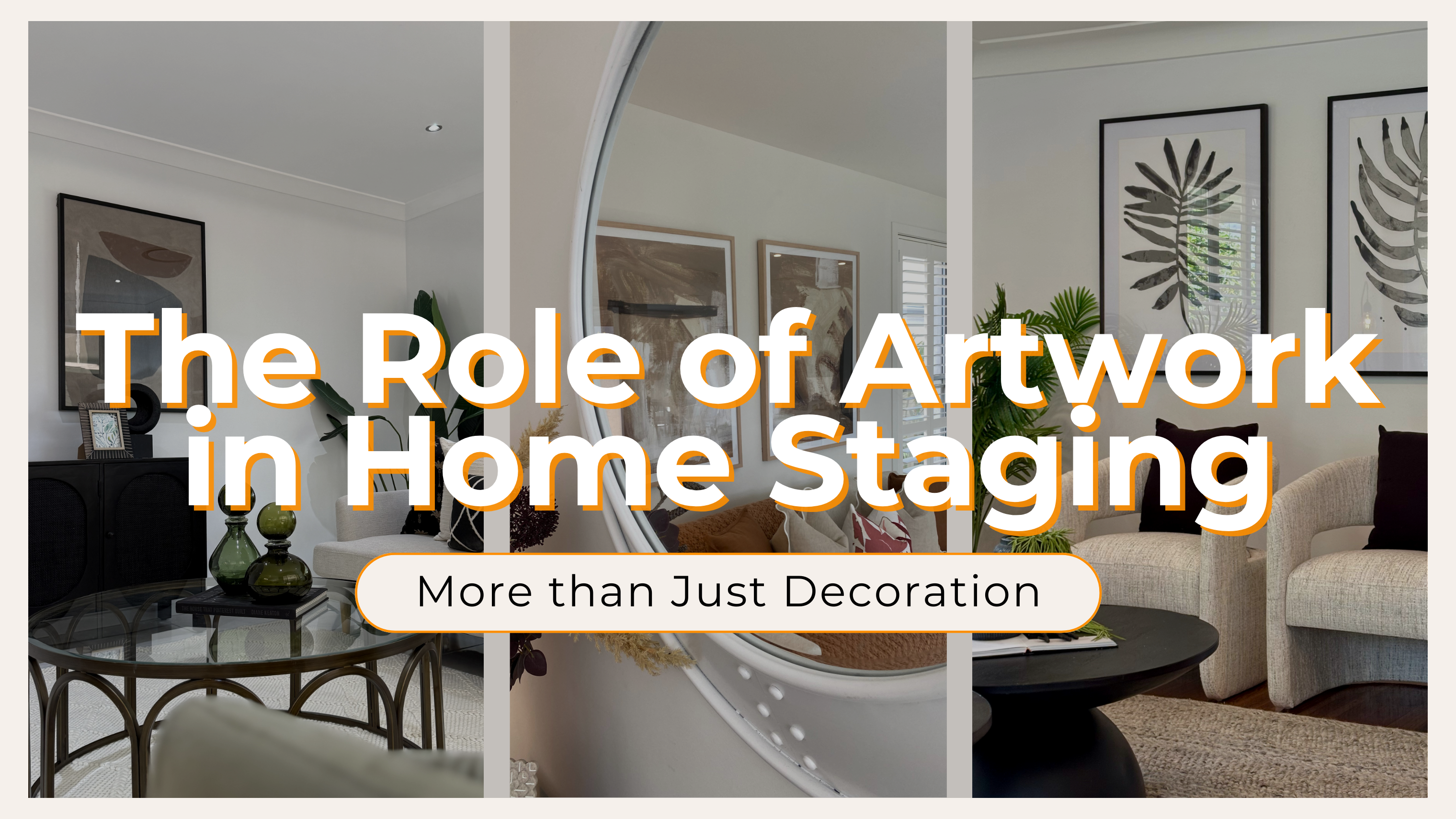





Facebook Comments